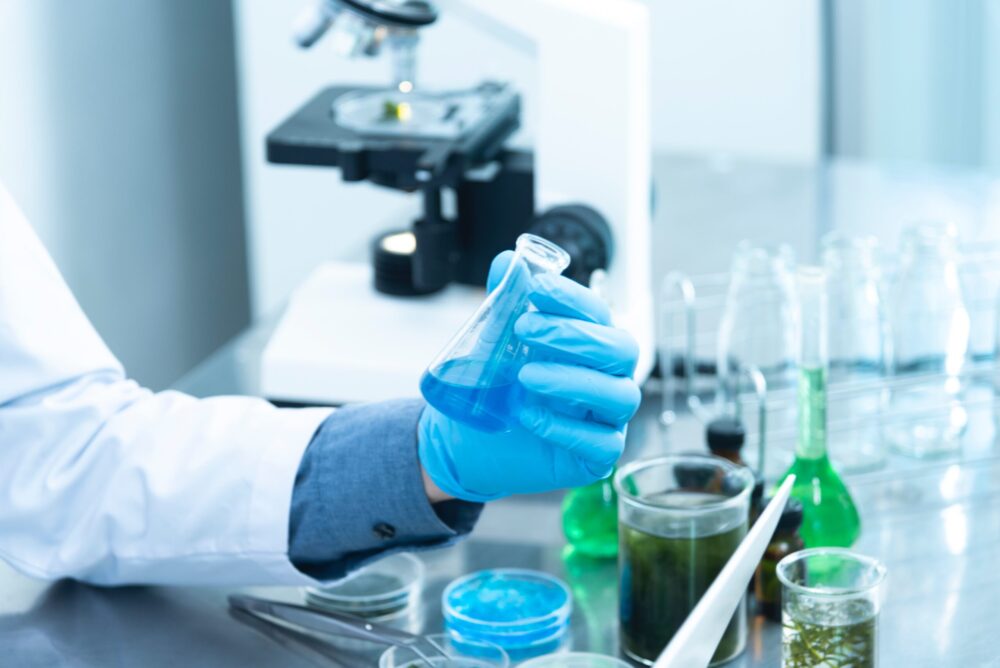The Role of Androgen Receptors
In this article, we’ll examine the structure, function, and drugs that block androgen receptors. Next, we’ll consider the role of these receptors in regulating androgen-dependent gene expression. Finally, we’ll discuss a few examples of drug targets. This is an important topic because it helps us understand the complex physiology of this receptor family.
Structure
The structure of androgen receptors (AR) is crucial for their function. The ligand-binding domain (LBD) consists of nine a-helices, two 3-10 helixes, and four b-strands that are arranged in an antiparallel arrangement. The LBD is responsible for the highly specific binding of androgens. Besides its role in binding androgens, the LBD is involved in receptor dimerization and transcriptional regulation.
The P(roximal) box consists of three amino acids (amino acids 577-581). It is involved in recognizing the DNA response element. Both steroid receptors and androgen receptors bind the common DNA response element. However, androgen receptors bind to the selective androgen response element, allowing them to selectively activate their AR. The P(roximal) box is also involved in DNA binding, enabling the AR to interact with steroid hormones and glucocorticoids.
Function
The function of androgen receptors has been a topic of much research. These receptors are found in the adult testis. These receptors are activated by androgens, and once activated, they translocate into the nucleus. They then dimerize and act as transcription factors, modulating the expression of specific genes. Several types of mutations have been identified in androgen receptors.
The human AR protein is composed of three modular domains, a DNA-binding domain, and a carboxyl-terminal ligand-binding domain. Although the three domains of the AR are similar, they are structurally distinct, and activation of each triggers markedly different responses. Moreover, mutational analyses of human AR have enabled detailed mapping of the various functions of these receptors.
Drugs that block androgen receptors
Androgens can be harmful to a woman’s genitals and are associated with a range of side effects. Fortunately, there are now drugs to treat this condition. Androgen receptor inhibitors, or AR inhibitors, are available in the market. The two most common types of antiandrogens are steroidal and nonsteroidal. Steroids, as their name implies, compete with the androgen receptors to inhibit their activity and decrease the pituitary luteinizing hormone (Plutonin). Nonsteroidal antiandrogens, on the other hand, block the binding of androgens to cell membranes and do not reduce testosterone levels.
The most common androgen inhibitors are spironolactone and flutamide. Other drugs may also block androgens. Topical androgens are mainly used to treat skin and hair disorders, but they have a limited effect on men. These medications are also diuretics and can cause hyperkalemia and polyuria. However, they are effective for treating hirsutism and PCOS.
Molecular mechanisms
Androgen receptors are proteins that bind androgens in the body. They are essential for proper target gene transcription, but how they bind androgens is unknown. This article will review the underlying mechanisms of androgen receptor activation and binding. It will also discuss the mechanisms that inhibit androgen receptor activity. Let’s start with the structural basis of androgen receptors.
The AR dimers bind to androgen response elements in the promoter regions of target genes. They subsequently recruit coregulatory proteins to promote transcription, which leads to growth and survival. When androgens are removed or the AR is inactivated, male sexual differentiation does not occur. The loss of AR function results in complete androgen insensitivity syndrome. Recently, more interest has been paid to this nuclear receptor, particularly in the field of prostate cancer.
Pathophysiology
Androgen receptors have important roles in the pathophysiology of prostate cancer. By examining the role of this nuclear receptor, researchers can better design rational drugs for this disease. The Pathophysiology of Androgen Receptors includes a review of the structure and activity of androgen receptors, as well as the cellular mechanisms that regulate their activities. These mechanisms include high-throughput screening and structure-function relationships.
The human androgen receptor is a nuclear transcription factor that mediates the actions of androgens. It is found in many tissues and has numerous biological functions. It is involved in the development and maintenance of numerous systems. Some researchers have speculated that the receptor plays a role in the development of various diseases. For example, androgens can regulate the lipid profile of the meibomian gland.



